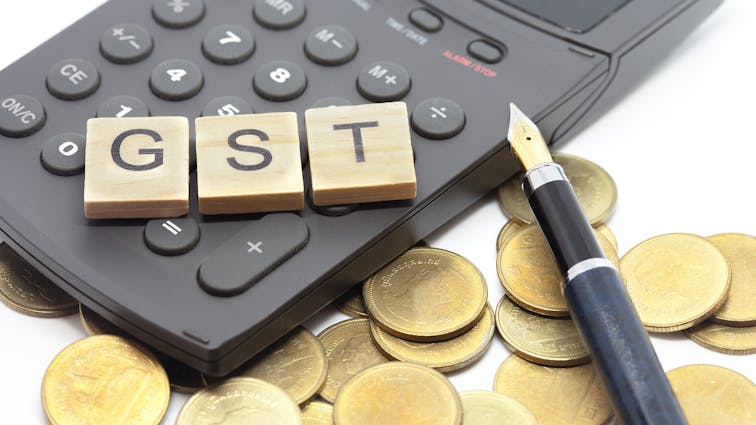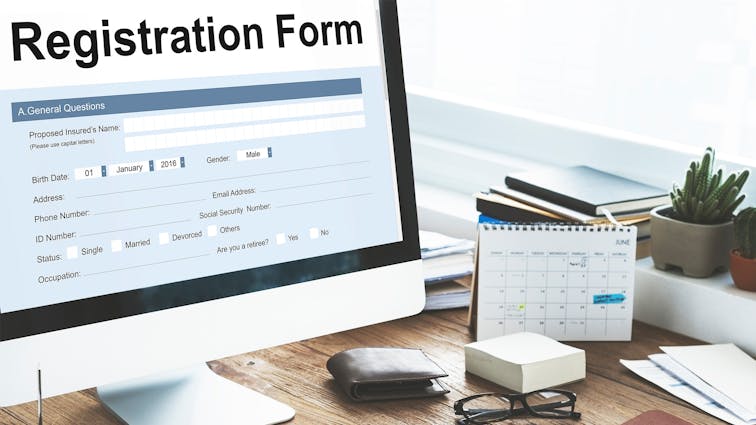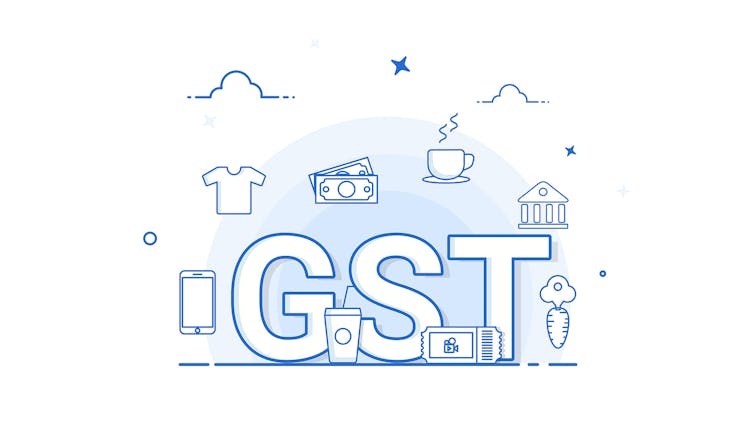
How to Apply for Gst Online: a Step-by-step Guide
How to apply for GST online?
GST applies to all Indian service providers (including freelancers), merchants, and manufacturers. Service Tax, Excise Duty, CST, and state taxes including Entertainment Tax, Luxury Tax, Octroi, and VAT are merged in GST, enacted on 01.07.2017.
Every stage of the supply chain must charge GST, with full set-off benefits. GST is handled online with no manual steps. Every product travels through the purchase of raw materials, manufacture, wholesaler, retailer, and consumer stages in the supply chain.
All 3 steps will incur GST. If a West Bengal product is consumed in Uttar Pradesh, all the revenue goes to Uttar Pradesh. Taxpayers with a turnover of less than Rs.1.5 crore can choose the composition scheme to pay GST based on turnover.
Registration for GST can only be completed online, at gst.gov.in. Any business with annual gross revenue of more than Rs.20 lakh (Rs.40 lakh or Rs.10 lakh, as may vary by state and type of supplies) is required to register for Goods and Services Tax (GST).
Each person who registers for Goods and Services Tax (GST) is given a unique 15-digit number called a GSTI based on their PAN. So, you need to register for GST to get your hands on this number.
In some cases, a single individual may have more than one GSTIN. If the applicant’s annual revenue is above the threshold for GST registration online, then the applicant must obtain a GSTIN.
If you are looking for information on GSTIN registration or obtaining a GST number in India, you have come to the right place.

Who should register for GST?
Businesses and corporations engaged in the provision of services must register for GST. Companies are required to register for GST if their annual revenue is greater than Rs.20 lakhs (for the sale of services) or Rs.40 lakhs (for the supply of commodities).
Businesses that sell goods to customers in another state must also register for GST. Businesses such as agents and brokers, who make taxable deliveries on behalf of others, fall under the same category.
A separate announcement clarified that online retailers and wholesalers with annual sales of less than Rs.20 million should not register.
Those who fall within the category defined by the law in effect before the implementation of GST (VAT, Service Tax, etc.), a taxpayer who is a non-residents, agents involved in the distribution and provision of input services, taxpayers subject to the reverse charge method, I individuals that provide online information or database access or retrieval services from a country outside of India to a resident of India who is not registered taxable are also required to register for GST.
Also, various GST registrations are available, each catering to a specific type of individual.

Which documents are required for GST registration?
Those seeking GST registration must have the following paperwork:
- PAN card
- Aadhaar
- Certificate of Incorporation or Registration of Business
- Documents establishing the identity and residency of the promoters or directors, along with photographs suitable for inclusion in a passport.
- Evidence of the company’s physical location
- Receipts from the Bank
- Electronic signature
- A Letter of Authorization for an Authorized Signer
- The GST registration process is complete once the scanned copies of the above documents have been submitted.
It also takes between two and six days to finish the registration procedure. A GST application can be submitted by accessing the GST portal and following the aforementioned procedures.
On the other hand, the Government of India has established GST Seva Kendra where citizens can apply for GST in person. Fill out the form, gather the required documentation, and hand it into the proper authorities.
How much does GST registration charge?
In this regard, taxpayers should be aware that there is no cost associated with registering for GST. Therefore, GST registration is free of charge.
However, a GST penalty will be imposed for late or insufficient tax payments. As per GST, the penalty is 10% of the tax amount, with a minimum of Rs.10,000. If taxes are avoided on purpose, the offender will, the offender will be hit with a fine equal to the r for GST.
The new tax system started on 1 July 2017. Since then, all businesses must register for GST to profit from it. One might get a GST number and tax benefits after registering. Obtaining a GSTIN requires certain processes. Here’s the process for GST registration.
For online GST application, complete these steps:
- Visit the GST site online.
- Click “Register Now” under “Taxpayers” to register.
- By clicking “New Registration,” you’ll be asked for your name, permanent account number, state, district, etc.
- When you’re done, click “Proceed.”
- You’ll get an OTP to your email and phone. It’s required.
- You’ll receive a ‘Temporary Reference Number’ Note the number.
- Revisiting the portal requires the same actions. Select “Temporary Reference Number” instead of “New Registration” and input the captcha to continue.
- Again, you’ll get an OTP to your phone and email. It.
- The next page shows application draughts. Click edit.
- Select your category and provide documents for the business, authorized signer, and more to verify.
- You’ll receive an ‘Application Reference Number’ after verification. This concludes the GST number application.
- New registration requires these actions. After that, submit GST registration documents.

Types of GST registrations:
India’s GST registration types are as listed below:
1. Normal taxpayers:
They have over Rs. 40 lakhs in business revenue. This scheme is for people whose annual sales were less than Rs. 75 lakhs. Service industry taxpayers, GSTR3B, and GSTR1 must register for GST.
2. Composition scheme:
Any taxpayer with less than Rs. 1.5 crores in annual revenue can register for GST. Small taxpayers can bypass GST requirements and pay a set rate with this simple program.
3. Casual taxable person:
A person without a regular business location who supplies goods or services in a GST-applicable jurisdiction.
4. Input service distributor:
A supplier office that receives tax invoices on input services. Such tax invoices are created for crediting a facility with the same PAN for the same services.
5. Non-resident taxable person:
A person outside India who supplies goods or services subject to GST. Non-resident online service, distributors must register for GST.
6. UN Bodies/Embassies/Others Notified:
UN bodies and embassies received a Unique Identification Number from MEA. This number lets them buy from registered individuals. They can apply for GST online.
7. SEZ developer or unit:
SEZ developers and units must submit a certificate and documentation to register for GST.
8. TDS/TCS:
Candidates spending more than Rs. 2.5 lakhs to suppliers must register for TDS/TCS. Individuals can register online.
How to check GST status?
Candidates can check their GST status online or offline. Here’s how to check GST registration without logging in:
- Select “Services” and “Registration” on the GST portal.
- Enter your ARN under “Track Application Status.”
- You’ll discover pending for processing, site verification assigned, site verification completed, pending for clarification, clarification filed- pending for order, clarification not filed- pending for order, authorized, or denied.
- After logging into the portal, you may also track your GST application status.
- Login to the GST portal.
- Choose “Services” and “Track Application Status”.
- Module drop-down: “Registration”
- Check your GST registration status using your ARN, SRN, or submission date.
- Click “Obtain” to download the acknowledgment slip.
After noting all this information, one may easily register for GST. Individuals can then receive tax benefits.
The process of registering for GST can be completed quickly and easily online. It guarantees no barriers to trade across jurisdictions, both domestically and internationally. That’s why you must follow the instructions precisely and get it done as soon as you and your company can.








